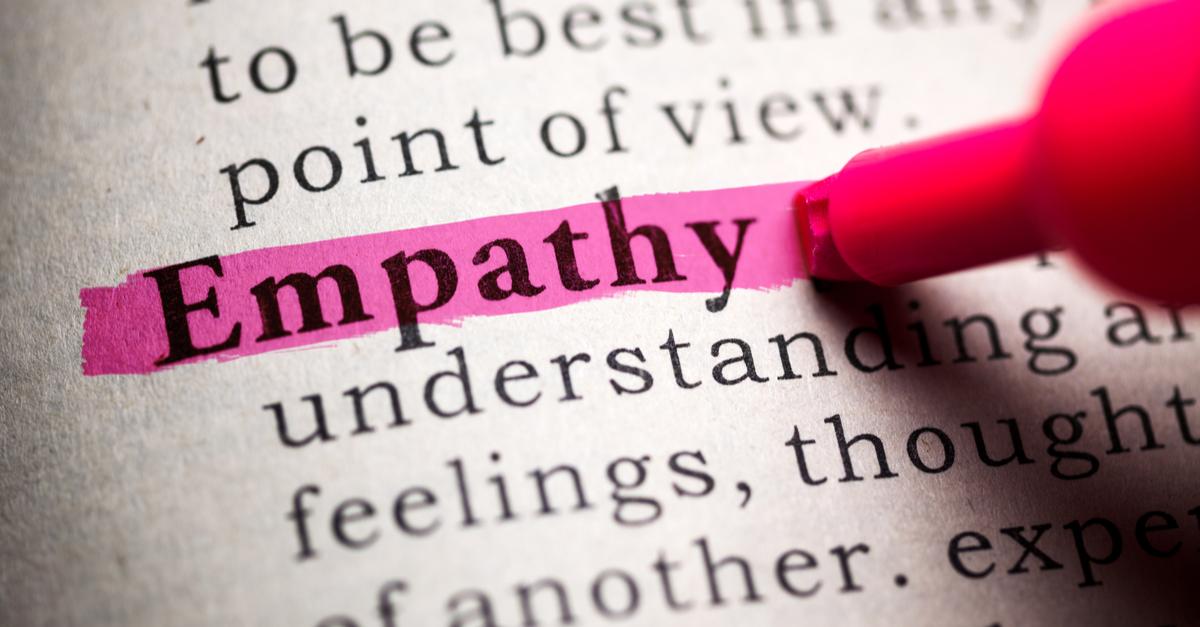In the intricate tapestry of human connection, emotional safety serves as the delicate thread that binds relationships together, allowing them to flourish and endure. In a world that often feels chaotic and unpredictable, fostering a sanctuary of trust and understanding becomes paramount. Whether it’s with a partner, friend, or family member, creating a space where vulnerability is welcomed and cherished can transform the way we relate to one another. This article delves into the best tips for cultivating emotional safety in relationships, offering insights and strategies to help you nurture deeper, more meaningful connections. Join us as we explore the art of building a foundation where empathy and authenticity thrive, paving the way for relationships that not only survive but truly prosper.
Understanding Emotional Safety in Relationships
Emotional safety is the bedrock of healthy relationships, fostering an environment where individuals feel secure enough to express their true selves without fear of judgment or rejection. Establishing this safety net involves cultivating trust, empathy, and open communication. Here are some pivotal ways to enhance emotional safety in your relationships:
- Practice Active Listening: Show genuine interest in what your partner has to say. This means putting aside distractions, maintaining eye contact, and providing feedback that reflects understanding.
- Validate Feelings: Acknowledge and respect each other’s emotions, even if you don’t fully agree with them. Validation can be as simple as saying, “I understand how you feel.”
- Set Boundaries: Clearly define personal boundaries and respect those set by your partner. This mutual respect strengthens trust and provides a safe space for both parties.
- Encourage Vulnerability: Create an environment where being open about fears and insecurities is welcomed and supported. This deepens the connection and builds a stronger emotional bond.
- Resolve Conflicts with Empathy: Address disagreements with compassion and a willingness to understand the other person’s perspective, focusing on resolution rather than winning an argument.
By prioritizing these practices, you can nurture a relationship atmosphere that not only encourages personal growth but also strengthens the emotional connection between partners.

Cultivating Trust and Open Communication
Fostering a safe emotional space begins with the art of listening. To truly hear your partner, practice active listening by giving them your undivided attention, acknowledging their feelings, and responding thoughtfully. It’s not just about understanding the words they speak, but also grasping the emotions behind them. This kind of empathetic engagement lays a foundation of trust, where both parties feel valued and understood.
- Encourage vulnerability: Create an environment where both partners feel comfortable expressing their true selves without fear of judgment or retaliation.
- Set boundaries: Respecting personal limits is crucial. Discuss and agree on what feels safe for both, ensuring mutual comfort and respect.
- Practice honesty: Be transparent about your thoughts and feelings. Honesty, even when difficult, reinforces trust and demonstrates commitment to the relationship.
- Regular check-ins: Make it a habit to discuss the emotional state of the relationship. This helps address issues early and reinforces a sense of partnership.

Setting Boundaries with Compassion
Establishing clear boundaries is essential for nurturing healthy relationships, yet it can be a delicate task. To ensure these boundaries are set with compassion, consider the following approaches:
- Communicate Clearly: Use ”I” statements to express your needs without placing blame. For example, ”I feel overwhelmed when…” helps convey your emotions without making the other person feel attacked.
- Be Consistent: Consistency in enforcing boundaries helps to reinforce their importance. It also shows respect for both your needs and those of others, creating a predictable environment that fosters trust.
- Listen Actively: Pay attention to the concerns and feelings of the other person. This not only demonstrates empathy but also helps in understanding their perspective, which is crucial for mutual respect.
- Practice Patience: Change doesn’t happen overnight. Be patient with yourself and others as you adjust to new boundaries, allowing room for mistakes and growth.
By approaching boundary-setting with empathy and understanding, you create a space where emotional safety can thrive, fostering deeper and more meaningful connections.

Fostering Empathy and Active Listening
Empathy and active listening are the cornerstones of nurturing a relationship where emotional safety thrives. To cultivate these qualities, it’s essential to approach conversations with an open heart and mind. Begin by truly listening to your partner, without interrupting or planning your response. This involves more than just hearing words; it’s about understanding the emotions and intentions behind them.
- Make eye contact to convey genuine interest and presence.
- Use affirming gestures like nodding to show you’re engaged.
- Reflect back what you’ve heard to ensure clarity and understanding.
- Ask open-ended questions to delve deeper into their feelings.
Practicing these techniques fosters a supportive environment where both parties feel valued and understood, paving the way for deeper emotional connections.








